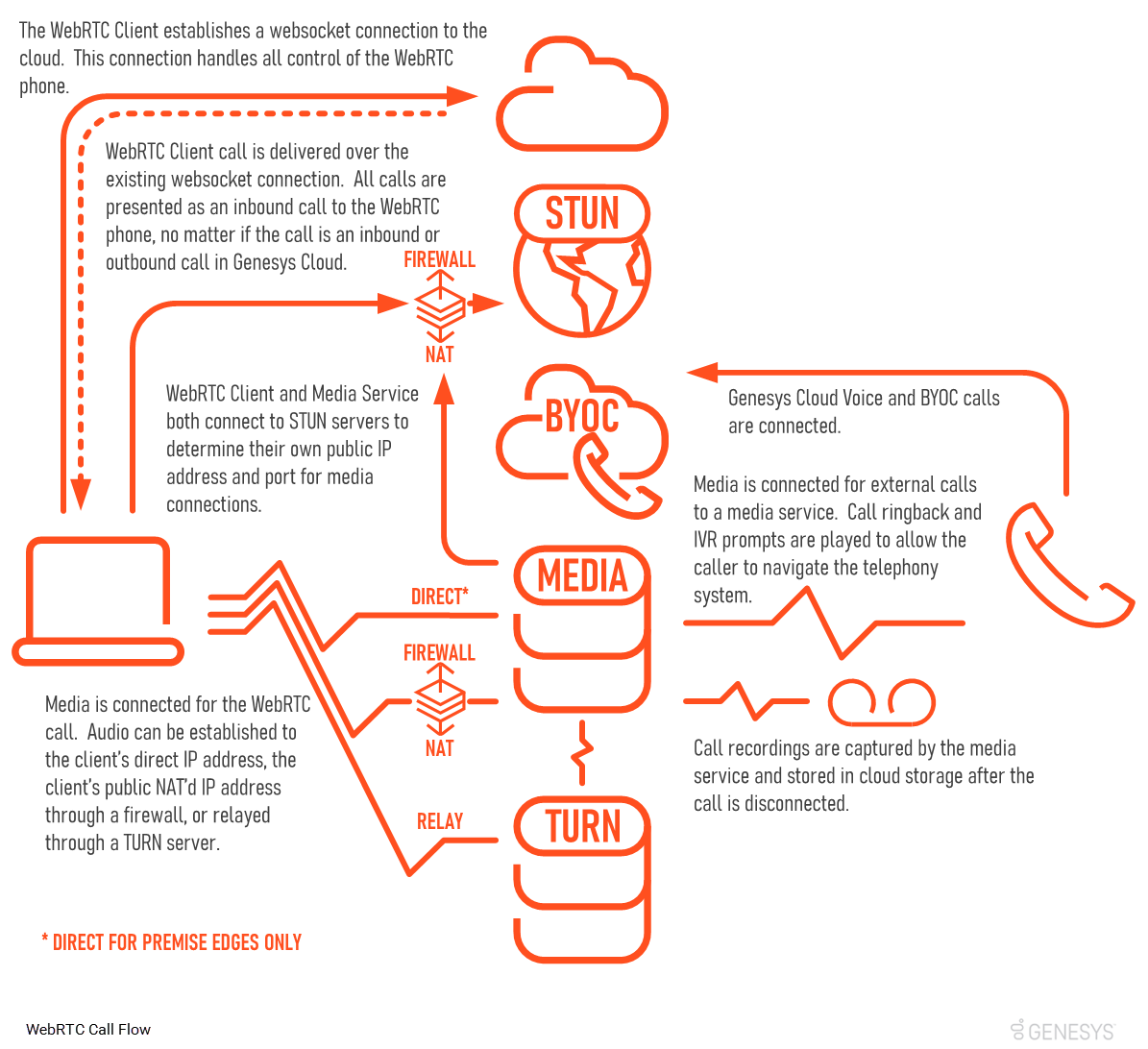Disable WebRTC in Firefox. WebRTC in Mozilla Firefox is supported since Firefox 22, and it's enabled by default. To disable RTCPeerConnection and protect IP addresses leakage, go to about:config and toggle media.peerconnection.enabled to false. To disable Media Devices, toggle media.navigator.enabled as well as media.peerconnection.enabled both to false. WebRTC (Web Real-Time Communication) is a free, open-source project providing web browsers and mobile applications with real-time communication (RTC) via simple application programming interfaces (APIs). Mar 12, 2021 These web browsers use WebRTC (Real-time communication for the web) to create real-time connections to send data like voice and video over the web. Browsers like Chrome, Firefox, Edge, Safari, and mobile browsers come with this feature by default and don’t require any plugins. How does WebRTC Leak Occurs? Load about:flags in Edge Click on “Enable extension developer features (this might put your device at risk) “ Go to the menu bar - More - Extension - Load extension Find the folder where you cloned the webrtc-externals repo & select the folder.
We now offer plans for large groups!
Add video chat for groups of up to 30 with a large group subscription.
Here’s a not-so-fun story we’ve heard too many times:
“We’re paying over $4,000 a month now with a bill that keeps growing. We’d be paying so much less if we’d gone with SimpleWebRTC from the start.”
WebRTC is complex!
You can build fun demo-ware with open source tools. But then there’s the laundry list of complexities and edge-cases involved in making your service production quality.
WebRTC can be bang-your-head-on-the-desk hard if you want users to have a high quality and reliable experience. Even for our team of experts, this stuff is hard. And creating a solid UX? Get ready to invest time by the bucketful. There are a hundred edge cases to cover in a single “hair check” screen.
We want to eliminate all this pain for you so you can focus on your product.
Before SimpleWebRTC,
these were your options:
Edge Webrtc Internals
- Learn WebRTC over the next few months, and build it over the next year. Check out the old version of SimpleWebRTC and try building with that. Pay our friends at XirSys to host it, or figure out the signaling and TURN hosting on your own. Either way, you’re tackling all the development and UX edge cases yourself.
- Pay an agency $80k+ to build it into your app. Pay them for support for its life cycle. Pay them for any upgrades or changes that need to be made. Pay them for… (you see where this is going).
- Recruit 1+ full-time employees for $100k/annual with this specific skill set to build and support this functionality.
- Sign up for a quality pay-by-the minute service like our friends at TokBox or Twilio. You’ll need someone who’s great at building realtime applications, and you’re still on the hook for all the UX edge cases. Oh, and you’ll need to be ready to pay a lot more down the road than you would with SimpleWebRTC.
The incompatibility between RTSP IP Camera and Web Browsers is a headache. We need to use some third-party plugins for web browsers or use some native applications to watch the IP Camera. It absolutely doesn’t feel comfortable. Luckily, Ant Media provides 2 ways to make RTSP IP Camera WebRTC (Web browser) compatible. The first one is for IP Camera User and the second one is for IP Camera Manufacturers.
Let me describe these two solutions.
1. Make IP Camera WebRTC Compatible for IP Camera Users
As known, WebRTC is supported by Web Browsers(Safari, Edge, Chrome, Firefox, Opera) natively. If we change the RTSP stream to WebRTC then RTSP IP Camera can playable on Web Browser. This magic happens inside of the Ant Media Server.
Let’s explain how Ant Media Server do this magic.
- Ant Media Server can pull streams from RTSP, RTMP servers. IP Cameras are RTSP servers at the same time so that Ant Media Server can pull IP Camera’s stream via its RTSP URL.
- Ant Media Server can convert RTSP stream to WebRTC stream internally and IP Camera stream can be watchable via WebRTC on Web Browser.
- Watching RTSP IP camera is also scalable which means Ant Media Server can pull stream from IP Camera once and provide many viewers to watch it. In other words, Ant Media Server just multiplexes the IP Camera’s RTSP stream to WebRTC Stream
How to Add RTSP IP Camera to Ant Media Server
Ant Media Server provides two way for adding IP Camera.
First way is adding the RTSP IP Camera to the Ant Media Server through Web Panel or addStreamSource REST Method. Let me show the simpler way, login to web panel, switch to your app and Click “New Live Stream > Stream Source” as shown below.

Just type the RTSP URL to the form and Click “Create” button
Ant Media Server Connect to RTSP URL automatically and fetch the stream. Keep in mind that if you need Ultra Low Latency, use WebRTCAppEE for adding RTSP URL
Second way to add IP Camera to Ant Media Server is through ONVIF URL. You can check this blog post for learning how to add IP Camera via ONVIF URL
2. Embedded WebRTC SDK for IP Camera Manufacturers

This solution is for IP Camera manufacturers. If you just want to use Peer to Peer connection between IP Camera and Web Browser, Ant Media can provide a solution for this case as well.
Embedded WebRTC SDK can run both on ARM and x86 processors. So let me explain what this Embedded WebRTC SDK does.
- IP Cameras generally has a built-in RTSP URL. You can embed Native WebRTC SDK into your IP Camera and SDK let you fetch the RTSP stream internally and can forward the RTSP stream to the other Peer via WebRTC.
- Native SDK does not transcode the RTSP stream, it just fetches the stream and forward it to the WebRTC stack. So that it does not need much CPU resources as its normal WebRTC stack needs. In addition it does not cause any latency.
WebRTC IP Camera and Browser (P2P)
- Signaling of WebRTC SDK is compatible with Ant Media Server. So that you need to use Ant Media Server as a signaling server in order to have peer to peer connection between web browser and your IP Camera.
How to Use Embedded WebRTC SDK
We’ve deliver source code, documentation and support for using Embedded WebRTC SDK. There is only one method you need to call in your ARM application. Here is the sample code
int main(int argc, char* argv[]) {
rtc::InitializeSSL();
signalingThread = rtc::Thread::Current();

startWebSocket(“ws://Your_Ant_Media_Server_Address:5080/WebRTCAppEE/websocket”,
“rtsp://127.0.0.1:6554/stream1”, “stream1”);
rtc::CleanupSSL();
return 0;
}
As you see, critical method is startWebSocket method which has three parameters
- The first parameter is the WebSocket URL of the Ant Media Server
- The Second parameter is the internal RTSP URL of the IP Camera
- Third parameter is the stream id that will be published
After you run this application, please visit the http://Your_Ant_Media_Server_Address:5080/WebRTCAppEE/peer.html and write stream id that you’ve used in your code(It’s stream1 in the sample code) and click the Join Button. You will watch the IP Camera stream on your browser.
Webrtc Leak Shield Edge
You can check out IP Camera Streaming Made Easy with Ant Media Server and Ultra-Low Latency Streaming Uses Cases blog posts.
Webrtc Edge Learning
I hope this brief introduction would help you in getting started. To access Embedded WebRTC SDK or any question please keep in touch.
